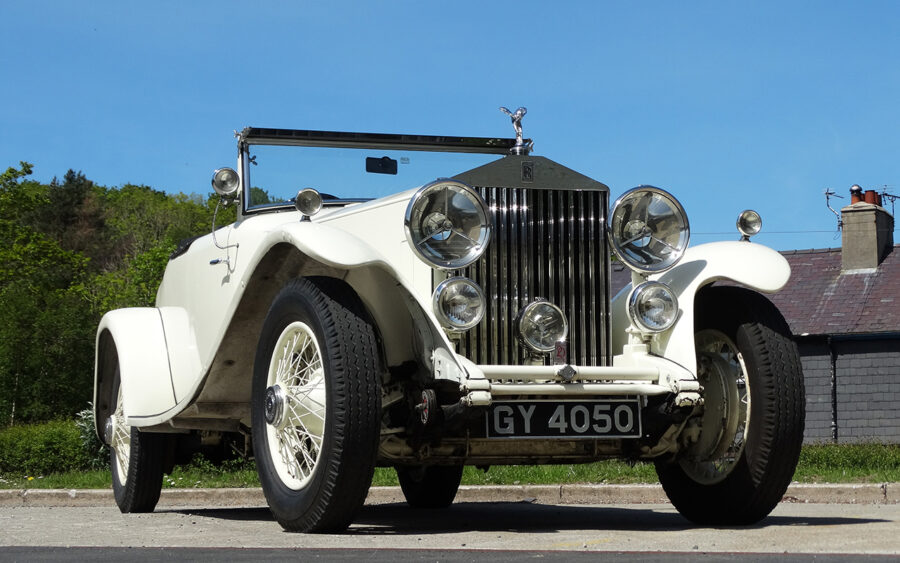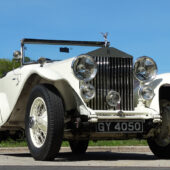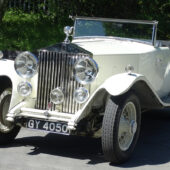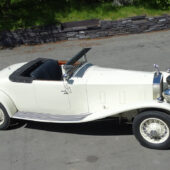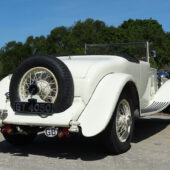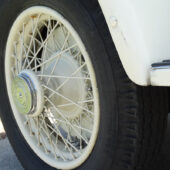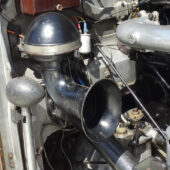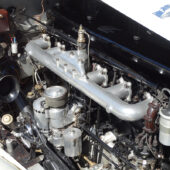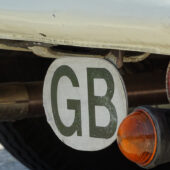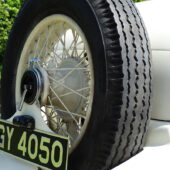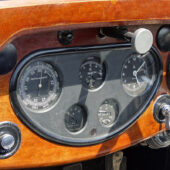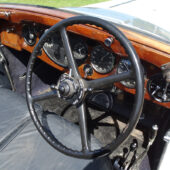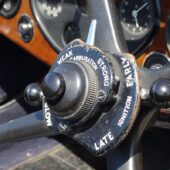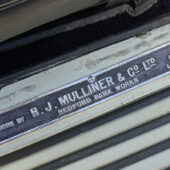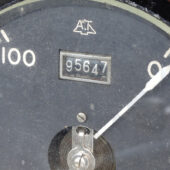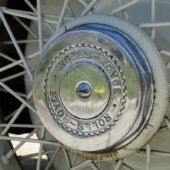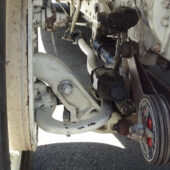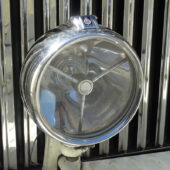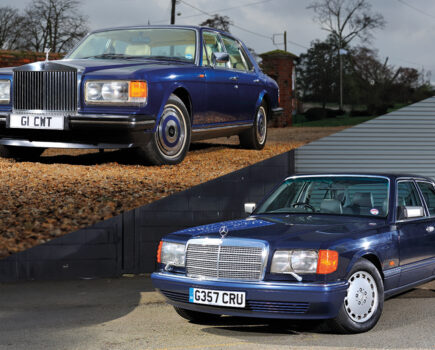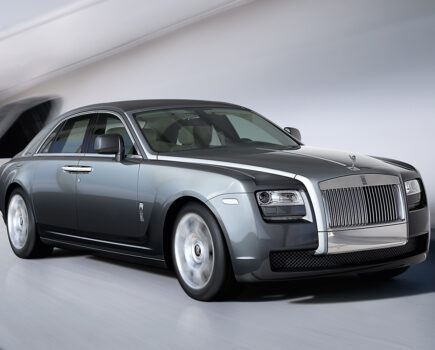We sample a Rolls-Royce Phantom II with an intriguing history; a car that has experienced fascinating changes of identity via a variety of different body styles
Words and images: Paul Guinness
Just four years after the successful launch of the original Phantom, Rolls-Royce announced its latest flagship model in 1929, adopting the Phantom II moniker and incorporating a host of specification changes. These included an entirely new chassis and springing, enabling the newcomer to adopt a lower, more modern stance. Indeed, when equipped with typical closed bodywork, the Phantom II sat a full nine inches lower than its forebear, transforming both its appearance and its image as a result.
An uprated six-cylinder engine was also announced for the Phantom II, sharing the same 7668cc capacity as that of the original Phantom but with a significant 30% increase in power output. For the first time, the four-speed gearbox was attached directly to the engine rather than being a separate unit, and featured synchromesh on its top two gears. The Phantom II also benefited from a centralised single-shot lubrication system, designed to save each car owner’s chauffeur a great deal of time and effort.
During its six-year run, the Phantom II proved a popular choice among Britain’s best-known coachbuilders, with an array of different body styles being offered. A grand total of 1693 Phantom IIs were built, a respectable result for such an upmarket car entering production at around the time of the Wall Street Crash, which then led to the devastating Great Depression of the early 1930s. Few examples will have had such a fascinating or varied career, however, as the 1932 car featured here – a Phantom II that has sported three different bodies over the last 87 years.
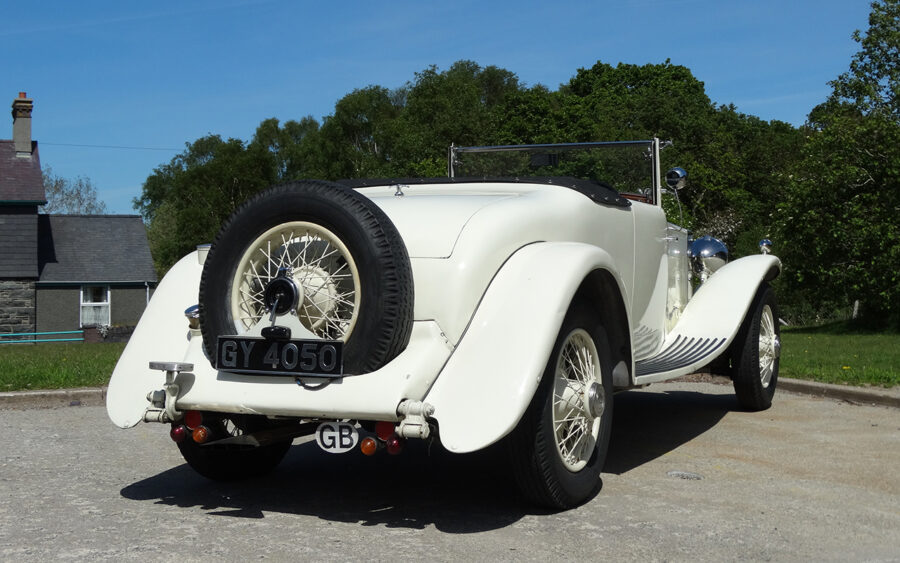
In 2019, to see the car for ourselves, we took a trip to North Wales to visit The Real Car Co, a well-known specialist in pre-war Rolls-Royces and Bentleys. A Phantom II isn’t an unusual model for company founders Ian Johnstone and Ray Arnold to have in stock, but this one is particularly interesting – described by The Real Car Co as an “exceptionally exciting find” thanks to it being an open Phantom II Continental two-door, a two-seater model (with an extra dickey seat) and stylish coachwork by HJ Mulliner.
Unusually featuring white paintwork, it’s a very eye-catching example of one of the rarer Phantom II body styles – although, as Ian Johnstone explains, it hasn’t always looked like this: “The car started life as a James Young Tourer, but the current HJ Mulliner body – originally fitted to another Phantom II Continental – has been on for several decades. Something like two-thirds of its life, in fact.” Fascinatingly, however, this Phantom II spent some years as a shooting brake, having been converted shortly after the Second World War.
The first owner of chassis number 28MS was Sir Robert McAlpine, 1st Baronet, founder of the construction company that bore his name and well-known in the industry as ‘Concrete Bob’. He registered the James Young-bodied Phantom, II to his company headquarters address at 50 Pall Mall, London, but the car was to remain with the McAlpine family for only a short period. Sir Robert died in November 1934, and just two weeks later his eldest son – also called Robert – passed away. Younger brother Sir William McAlpine then became the 3rd Baronet, with the Rolls-Royce being sold shortly afterwards.
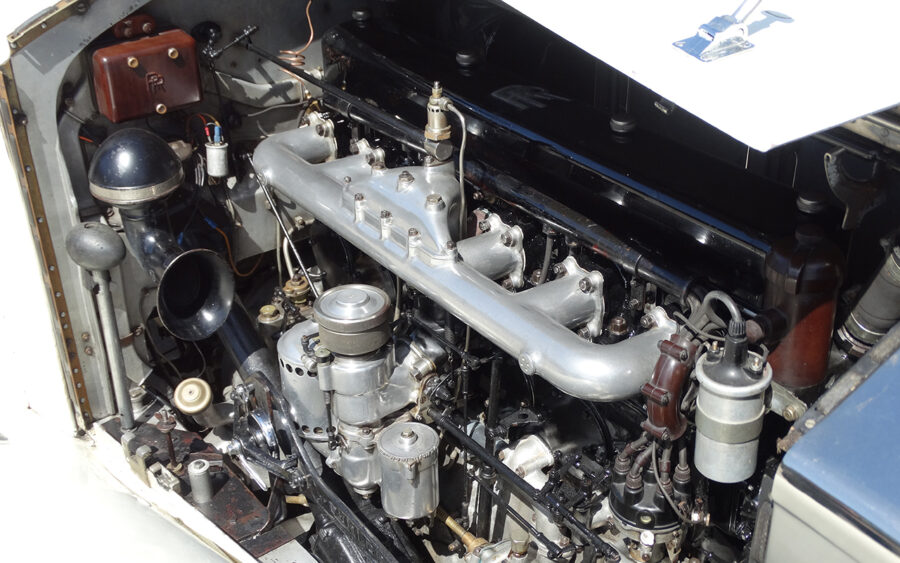
Following the Second World War, 28MS received its new shooting brake bodywork and was shipped to Sierra Leone, where it was used by a Dr Geoffrey Cuthbert Tooth as a mobile surgery. By 1956, however, the car was back in the UK, where it became the property of Major Cyril Edward Darlington before changing hands again in early 1960, at which point it entered the ownership of Mr Henry Wilkins – and remained with the same family until very recently, at which point The Real Car Co was asked to find the Phantom II’s next custodian.
The current bodywork is thought to have been fitted by Mr Wilkins during the early 1960s, having been removed from another Phantom II (149TA) and installed onto the chassis of 28MS, transforming the old shooting brake into a stylish two-seater as a result. Its sweeping wings and low windscreen helped to create an unusually sporting look, complemented by the car’s imposing radiator and original Lucas P100 headlamps. Mr Wilkins used the Phantom II extensively over the years, and even took it on the maiden voyage of the Queen Elizabeth II in 1969, joining other 20-Ghost Club members and their cars for a two-week adventure with the Rolls-Royce Owners’ Club of America.
The Phantom II’s bodywork has now remained unaltered for several decades, and these days it has a wonderful patina that to my eyes enhances the car’s appeal. Ian Johnstone agrees, describing it as “in some ways very slightly shabby cosmetically, but at the same time very usable”. It is, in fact, a well-presented survivor, all the better for having older paintwork rather than looking like it only recently emerged from a spray booth. Look closely and you’ll see a few minor paintwork battle scars and the odd tiny ding, but it’s still a handsome beast – as well as an intriguing choice for anyone seeking a fully prepared classic of the 1930s capable of effortless long-distance travel and adventures.
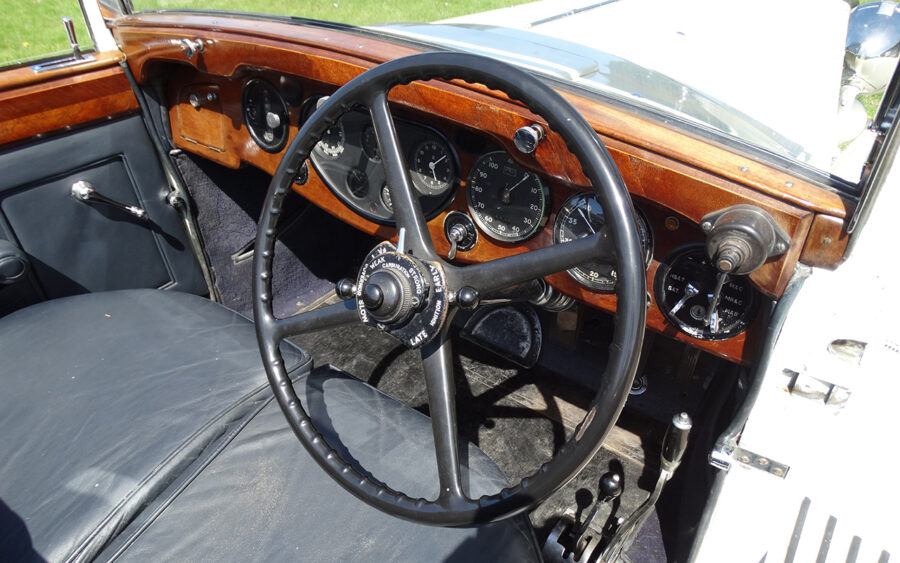
As we climbed aboard this head-turning Phantom II, Ian explained how it has recently been recommissioned after spending the last decade in storage: “It drives particularly well now, with impressively light steering, decent brakes, and the feel of a car that will get better and better with use. We’ve just carried out some recommissioning service work and fitted a brand new cylinder head, adding to its appeal – and value – as well as contributing to the cool running that the car now enjoys.”
Tackling the country lanes that wind their way around the area of North Wales where The Real Car Co is so idyllically located, it was obvious that this Phantom II is indeed in fine fettle. The 7.7-litre straight-six still offers a prodigious amount of power and torque, enabling the driver to pull away in top gear even from very low speeds, picking up its pace at an impressive rate without the need to change down.
With the sun shining and the hood lowered on the day of our brief excursion, it was a fascinating and thoroughly enjoyable experience, with the Phantom II’s lofty seating position and seemingly never-ending bonnet providing a glorious view of the road ahead. It’s one of those cars that instils confidence in driver and passenger alike, giving the impression that it could be jumped into tomorrow and relied upon to cross continents with ease.
This particular Rolls-Royce inevitably comes with plenty of history, including copies of the special chassis specification order from during the car’s build, which included requirements for a five-inch tachometer and speedometer, the “loudest type of Bosch horn” and special testing of the chassis once complete. In its current form, this Phantom II also boasts a custom-made tonneau cover, as well as two original-type tool trays mounted each side of the boot’s interior.
The Real Car Co was even successful in having the car’s original registration number – GY 4050 – reallocated by the DVLA, adding a touch of extra originality. As an open-top example of 1930s-style prestige motoring, this is a Phantom II with a difference – as well as a fascinating history.

